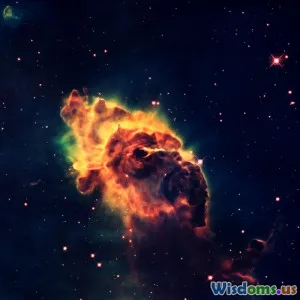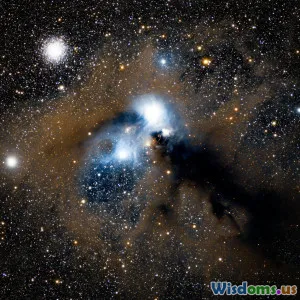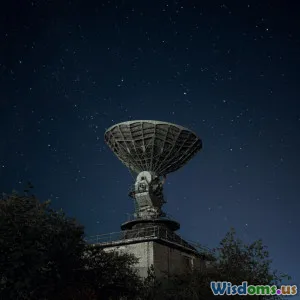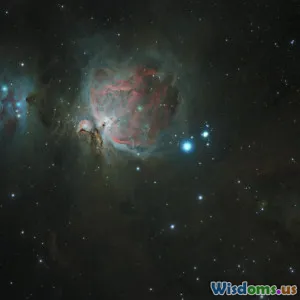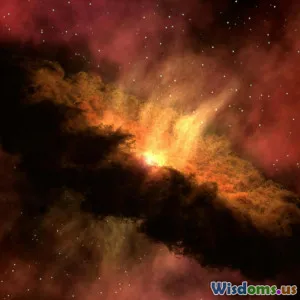
The Life Cycle of Stars: From Birth to Death
6 min read Explore the fascinating journey of stars from their formation to their ultimate demise in this comprehensive guide. (0 Reviews)
The Life Cycle of Stars: From Birth to Death
The universe is filled with countless stars, each on its unique journey through time. The life cycle of a star is a fascinating and complex process that spans millions to billions of years. In this article, we will explore the stages of stellar evolution, from the birth of a star in a nebula to its ultimate death, shaping the cosmos in profound ways.
1. Stellar Birth: Nebulae and Protostars
Stars begin their lives in nebulae, which are vast clouds of gas and dust scattered throughout galaxies. These nebulae serve as the primary material for star formation. Over time, regions within a nebula can collapse under their own gravity, leading to the formation of a protostar. As the material falls inward, it heats up, and the protostar gradually builds mass, reaching temperatures high enough to initiate nuclear fusion in its core.
Key Facts:
- Temperature: A protostar forms when temperatures reach about 1 million Kelvin.
- Duration: The protostar stage can last from a few hundred thousand to several million years, depending on the mass of the star.
2. Main Sequence: The Stellar Adult Phase
Once nuclear fusion begins, the star enters the main sequence phase, which is the longest stage in its life cycle. During this period, hydrogen is fused into helium, releasing energy that powers the star and provides stability against gravitational collapse. Our Sun is currently in this phase, estimated to last for about 10 billion years.
Characteristics of Main Sequence Stars:
- Stars are categorized based on their mass, color, and temperature. Massive stars burn hotter and faster, while smaller stars, like red dwarfs, can last for trillions of years.
- Most stars, including the Sun, spend 90% of their life cycles in this phase.
3. Post-Main Sequence: Expanding and Evolving
As a star exhausts its hydrogen fuel, it undergoes significant changes:
- Red Giant Phase: For stars like the Sun, the core contracts under gravity, and the outer layers expand, transforming the star into a red giant. This phase can lead to the fusion of helium into heavier elements.
- Supergiants: More massive stars evolve into supergiants, which can fuse heavier elements until iron is formed. This stage is short-lived, lasting only a few million years.
Notable Outcomes:
- In the red giant phase, our Sun will eventually expand to engulf the inner planets, possibly including Earth.
4. Stellar Death: Supernovae and White Dwarfs
The end of a star's life depends on its mass:
- Low to Intermediate Mass Stars (like the Sun): These stars shed their outer layers, creating a planetary nebula, leaving behind a dense core known as a white dwarf. The white dwarf will cool and fade over billions of years.
- High Mass Stars: When massive stars can no longer sustain nuclear fusion, they explode in a supernova, releasing enormous amounts of energy and creating heavy elements. The remnant core may collapse into a neutron star or even a black hole, depending on its mass.
5. The Cosmic Cycle: Recycling Stellar Material
The death of stars plays a crucial role in the universe, as supernovae scatter heavy elements into space, enriching the interstellar medium. This material can eventually contribute to the formation of new stars, planets, and potentially life, illustrating the cyclical nature of stellar evolution.
Conclusion
Understanding the life cycle of stars provides insight into the workings of our universe. Each phase, from birth in nebulae to death in spectacular supernovae, highlights the dynamic processes that govern cosmic evolution. By studying these celestial phenomena, we not only learn about the stars themselves but also about the origins of the elements that comprise everything around us, including ourselves. The journey of a star is not just a story of light and heat; it is a tale of creation, transformation, and rebirth that shapes the cosmos in ways we are only beginning to understand.
Rate the Post
User Reviews
Popular Posts










